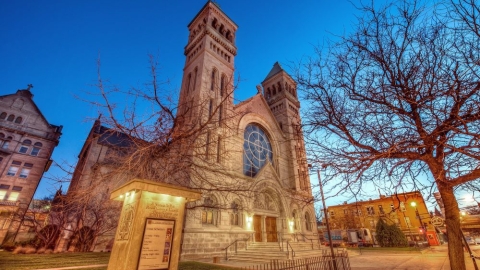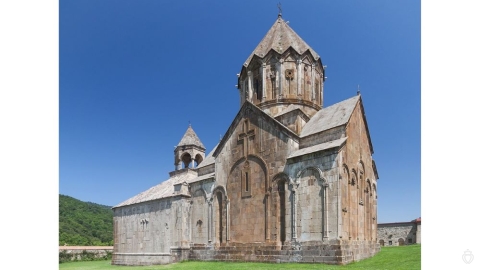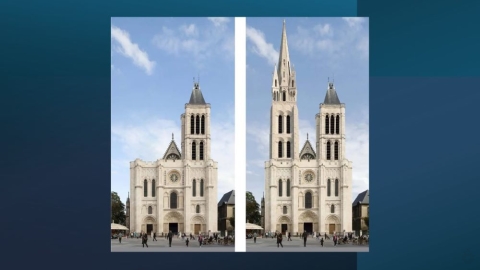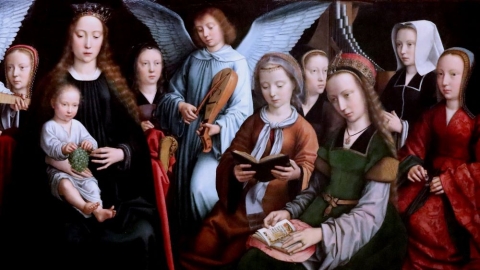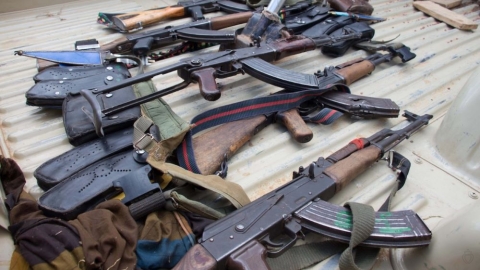Our Lady of La Vang
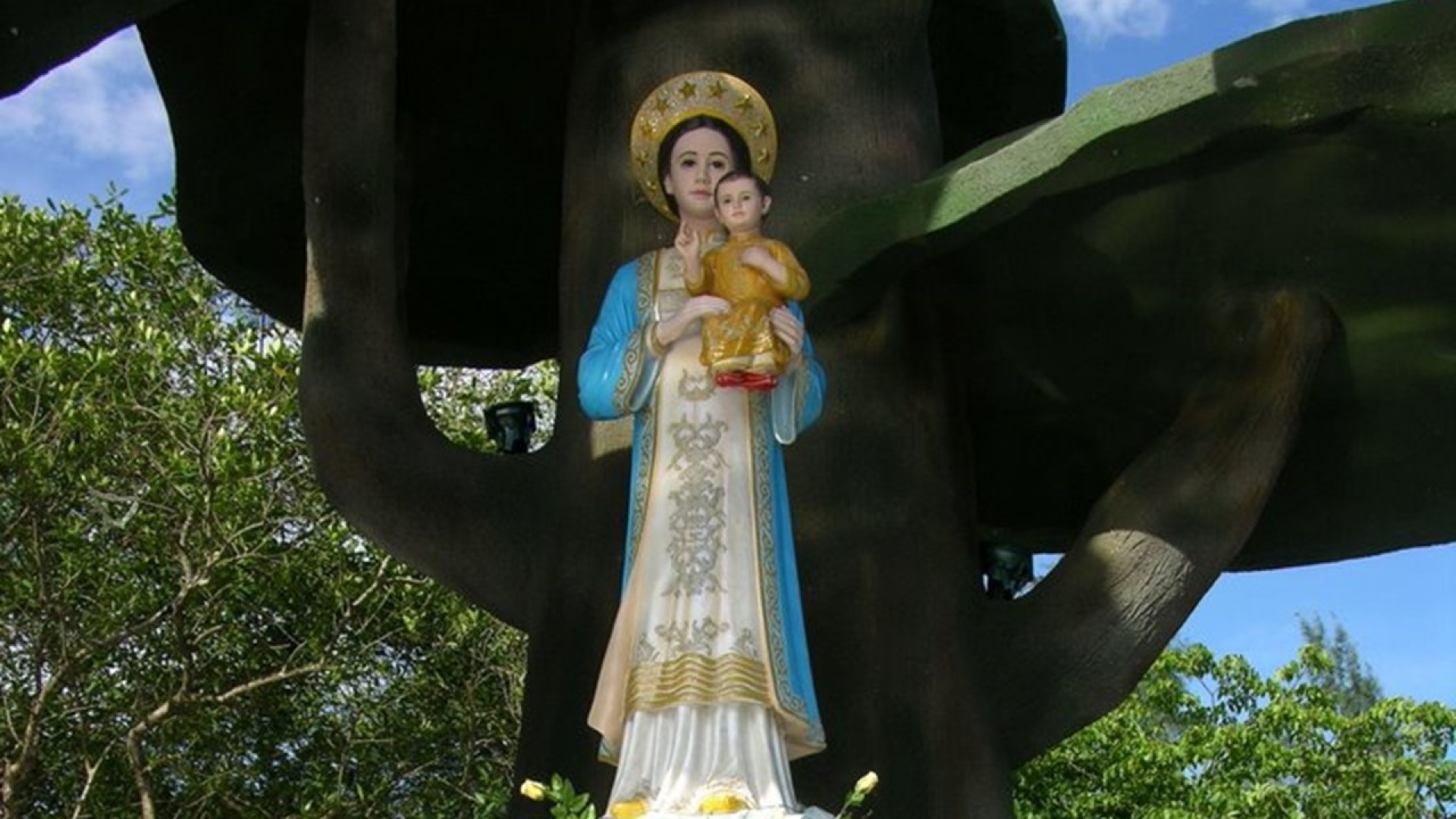
Statue of Our Lady of La Vang
La Vang, in the middle of the Vietnamese jungle, is a village in central Vietnam, in the Hai Lang District (Quang Tri province) and close to a flourishing center of Christianity.
History
In the former kingdom of Annam, Emperor Can Trinh, on August 17, 1798, banned the Catholic religion introduced by Spanish and French missionaries, inaugurating a period of persecution and ordering the destruction of all places of worship. Christians from Co-vuu, fleeing persecution, came to take refuge in the rainforest of La Vang.
The Christians often gathered to pray the rosary at the foot of a tree. One evening in 1798, the Virgin appeared to them dressed in the traditional áo dài with the Child Jesus in her arms, surrounded by two angels. In a very soft voice, the Virgin pronounced these words, which tradition has piously kept: “My children, what you have asked of me, I grant to you, and henceforth all those who come here to pray to me will have their prayers answered.”
Having thus spoken, she disappeared, and after her, the light which surrounded her. When the persecution subsided in 1802, the peasants returned to their villages. The rumor of the Marian apparition spread in Annam, causing pilgrims to visit: the first chapel was built in 1820.
Graces
What the Blessed Virgin promised, she accomplished. Hearing the stories of the numerous graces she spread from her humble sanctuary of La Vang, pilgrims flocked from the surrounding area and then from more distant lands, and the cult of Our Lady of La Vang continued to grow. In particular, in those countries where sterility is considered a curse, many couples received the grace of having descendants.
Our Lady also grants protection: in the territory of La Vang, not only has a tiger never penetrated there since the apparition, but neither has a tiger claimed any victims from among the Christians or the devotees of La Vang. However, the surrounding areas are infested with them, and it is not uncommon to encounter one of those terrible animals while crossing the forest. However, a single invocation to Our Lady of La Vang will put it to flight.
New Persecutions and the First Reconstruction
Around 1830, a new wave of repression fell on the region's Christians under Emperor Tu Duc.s reign. This situation lasted until 1885. Thirty Annamese martyrs were burned alive at La Vang, and the sanctuary was destroyed.
A modest chapel was first built in 1886 to replace the old one. Soon a church was built in 1901. Bishop Caspar consecrated it under the name of Our Lady Help of Christians in front of twelve thousand faithful. On this occasion, Our Lady of La Vang was declared “protector of the Catholics of Viet Nam.” The church was enlarged in 1928.
After the Geneva Accords of 1954 and the partition of Vietnam, the statue of Our Lady of La Vang was returned to the church on December 8, 1954. (It had been placed in a safe place during the First Indochina War.) The church was chosen as a national pilgrimage site to the Immaculate Conception in April 1961. Pope John XXIII elevated the church to a minor basilica on August 22, 1961.
Destruction and Rebirth
American bombardments destroyed the church during the Easter offensive launched by North Vietnam in the summer of 1972. Only the bell tower remained. On August 15, 1998, 70,000 faithful commemorated the 200th anniversary of the apparitions of the Virgin Mary in La Vang.
The grounds of the sanctuary were returned to the Church in 2008. Reconstruction began in 2012, but unfortunately, in a spirit of misplaced inculturation, the designers wanted the architectural form of the new sanctuary “to be in harmony with Vietnamese culture”; it bears no resemblance to a church: externally, it looks like a sort of large pagoda.
Many Vietnamese parish communities around the world revere Our Lady of La Vang, and several churches bear her name.
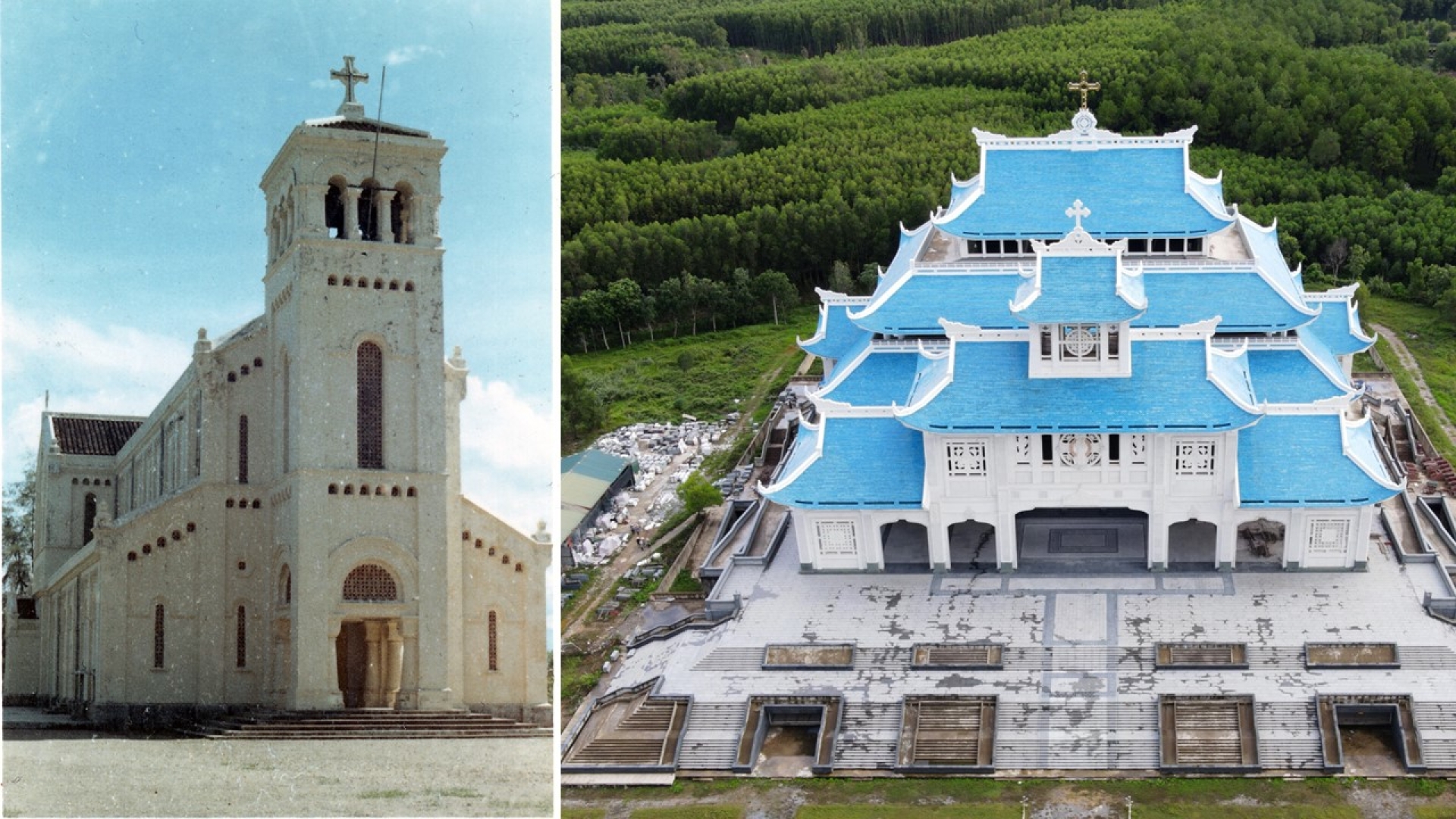
The old church destroyed in 1972 and the new one in the shape of a pagoda
(Sources : Wikipédia/maintenantunehistoire.fr – FSSPX.Actualités)
Illustration 1 : Facebook Đức Mẹ La Vang
Illustration 2 : Sciacchitano, CC BY-SA 3.0, via Wikimedia Commons & Photo 229819730 © Hoàng Táo | Dreamstime.com
